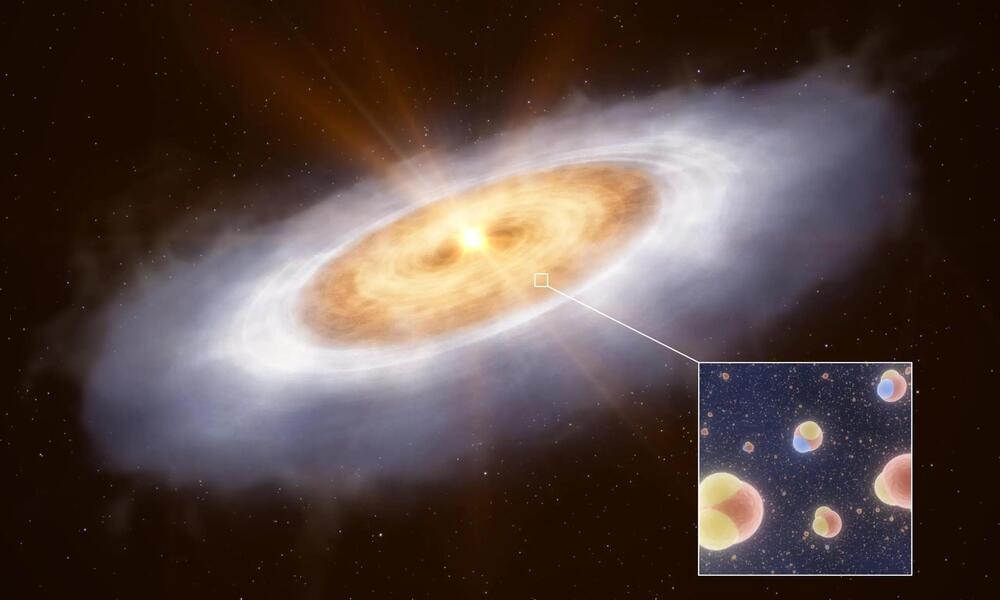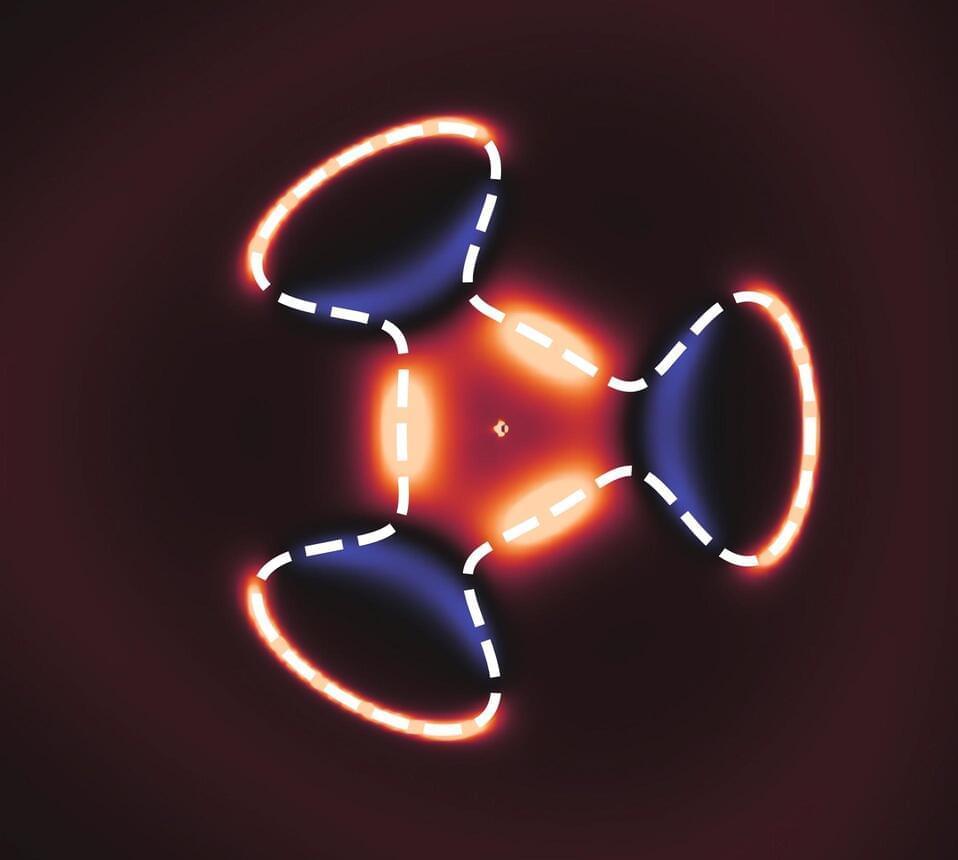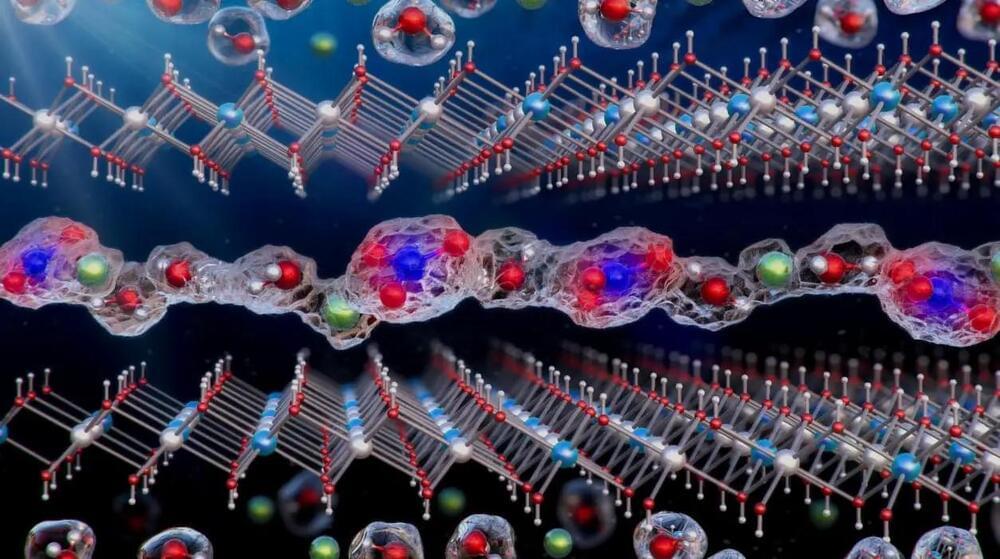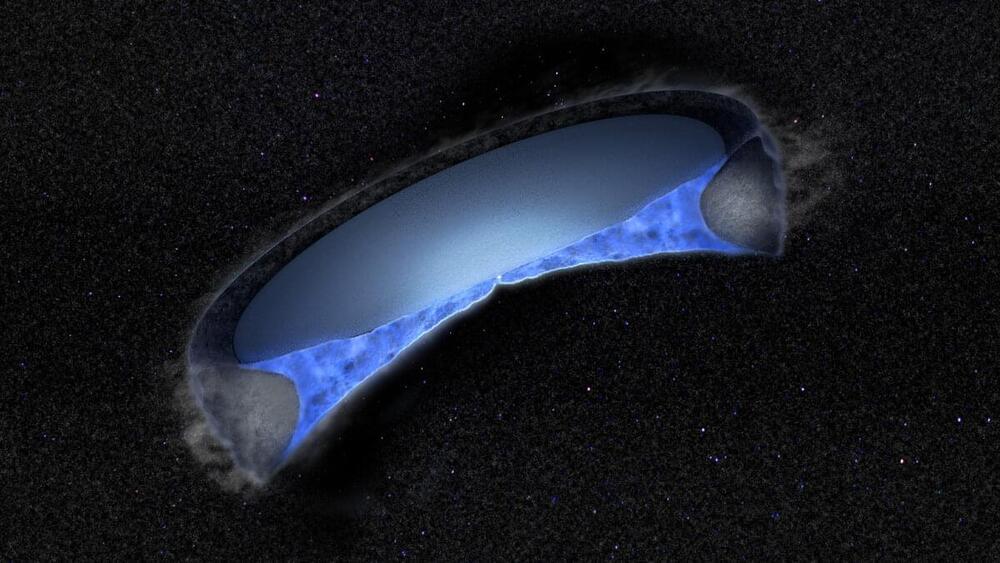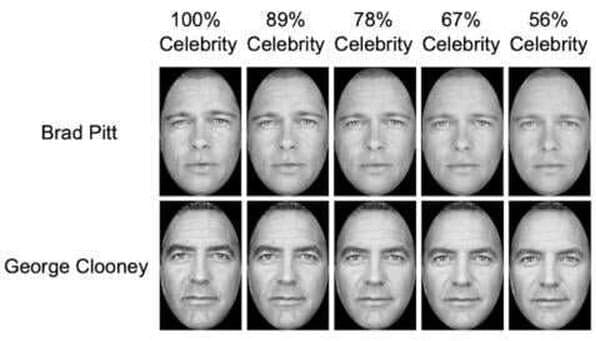Mar 8, 2023
New malware variant has “radio silence” mode to evade detection
Posted by Saúl Morales Rodriguéz in categories: cybercrime/malcode, government
The Sharp Panda cyber-espionage hacking group is targeting high-profile government entities in Vietnam, Thailand, and Indonesia with a new version of the ‘Soul’ malware framework.
The particular malware was previously seen in espionage campaigns targeting critical Southeast Asian organizations, attributed to various Chinese APTs.
Check Point identified a new campaign using the malware that started in late 2022 and continues through 2023, employing spear-phishing attacks for initial compromise.


